I was about to say! Ease of use is not exactly Dirac’s strong point. I don’t find the UI particularly intuitive and there are plenty of pitfalls awaiting the unwary. I‘d say it’s almost impossible to get a good result as a novice by just following the bouncing ball, so to speak. It starts with the volume calibration – plenty to do wrong there, and it took me a few articles (from Dirac and others) and Youtube tutorials to optimise that step alone.
For me, the value of Dirac (compared to taking the REW+rePhase or similar approaches) is the substantial reduction in the amount of work one has to do, and the (presumably) built-in intelligence about EQ, FIR vs PIR, what not to touch etc. For me, doing REW+rePhase each time I change my speaker or sub placement, adjust toe-in, change room furnishings etc. (all of which I do a fair bit), would be an excessive amount of effort. Dirac, the more I’m familiar with it and know how to correctly use it, streamlines this enormously.
Regarding Schroeder or not, for each measurement and cross-over point in Dirac I always generate three filters – one with a curtain at 250Hz, one at 500Hz and one full range. The differences between them are not subtle, but always confined to tonality. There are no weird phase effects or diminished soundstage and imaging with the full-range filter. I tend to select the filter that sounds best with the given program material.
With REW, on the other hand, I’ve been known to go overboard (before I learned to look at group delay etc). I got my measured frequency response ruler-flat, but the music sounded like crap. Dirac seems to shield me from that mistake.

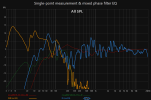
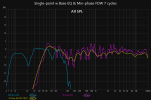

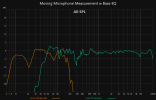

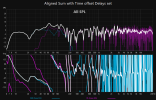

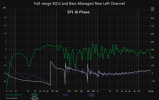
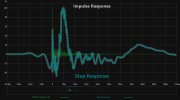
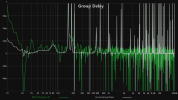
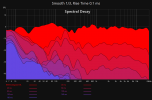

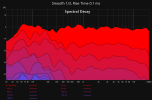
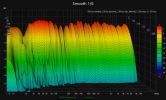
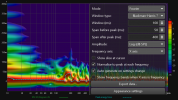


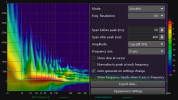
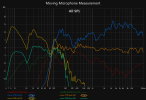
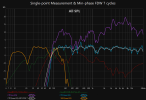

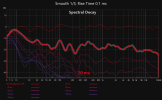

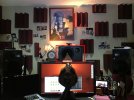

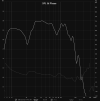
 ) is Mathaudio's extreme simplicity. Almost impossible to do anything wrong. An with foobar2000 it's for free remarkable.
) is Mathaudio's extreme simplicity. Almost impossible to do anything wrong. An with foobar2000 it's for free remarkable.